Today, Tuesday the 9th of February, marks global Safer Internet Day 2021!
Safer Internet Day has been a yearly event since 2004; Internet Safety is highlighted by several companies, spearheaded each year by Google.
Safer Internet Day is targeted towards children and adults.
For children, it’s about teaching them about safe internet usage. Though their outlook on life is nearly always positive, it’s important to be aware that not everyone online is a good guy, and they need to take some extra steps to ensure they’re safe.
For adults, it’s a time to reeducate ourselves on the threats out there, as well as performing best-practice annual security checks on our accounts.
Safer Internet Day is a core part of our ethos here at SaferNet – We even have the same name, almost!
We believe the Internet is an amazing tool and should be safely enjoyed by all ages.
For Safer Internet Day 2021, we’ve put together our top 5 tips to ensure you and your loved ones enjoy a safer internet together.
Safer Internet Day Tip #5: Update Your Passwords
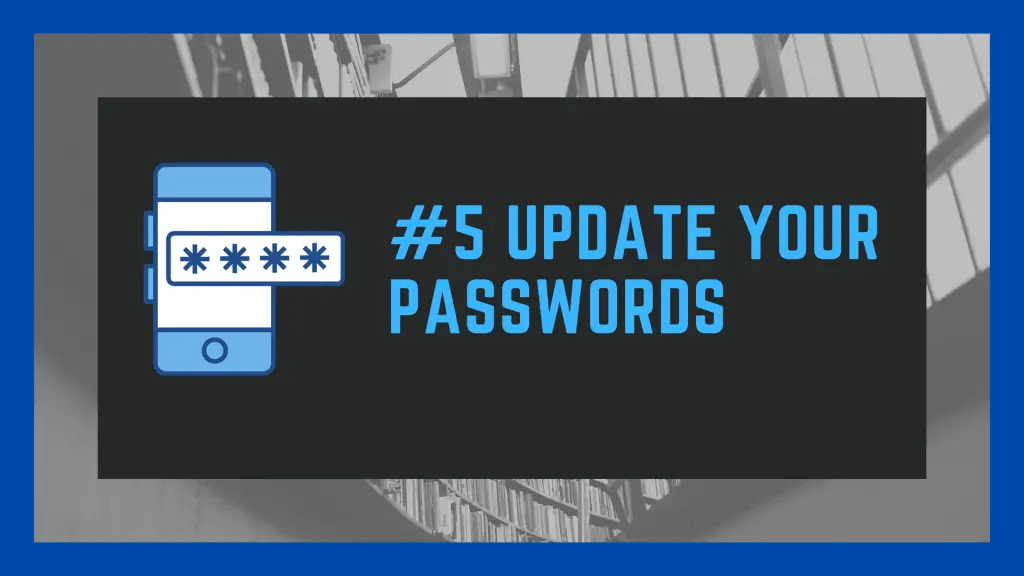
Considering what they protect, we tend to be a little flippant with our passwords.
Our PIN Codes, Social Security Numbers, and other identification numbers are treated with the utmost respect and security. Still, the passwords we create online more often than not tend to be weak.
Combinations of catchy words, birthday years, and surnames are common but they are exceptionally easy to be cracked by a hacker.
There are a couple of best-practices we can follow here to ensure stronger passwords:
- Use Google suggested password: When creating an account on Chrome, you’re given the option for Google to create a password for you. This is useful, depending on the service being used. While convenient for services we know we’ll only use on the browser, it can fall short when we need the password to login to an app and don’t know it.
- Create a complex password: Creating a complex password can be tricky to do right but is one of the best options. Rather than the inherent complexity of a password, the defining strength is its length. Instead of using a short, Instead of using a short, complex password that is hard to remember, consider using a longer passphrase. A password like “Tr0ub4for83” is much easier for an automated program to crack than something like “correcthorsebatterystaple.”
- Use a subscription-based password manager: There are many services out there that you can sign up to manage passwords for you. Two of the most popular are dashlane and lastpass.
Once you’ve gotten new passwords created, it’s important to perform a password security check with Google. This will scan previous passwords and find if any have been compromised. If they have, change it right away.
Safer Internet Day Tip #4: Enable 2FA
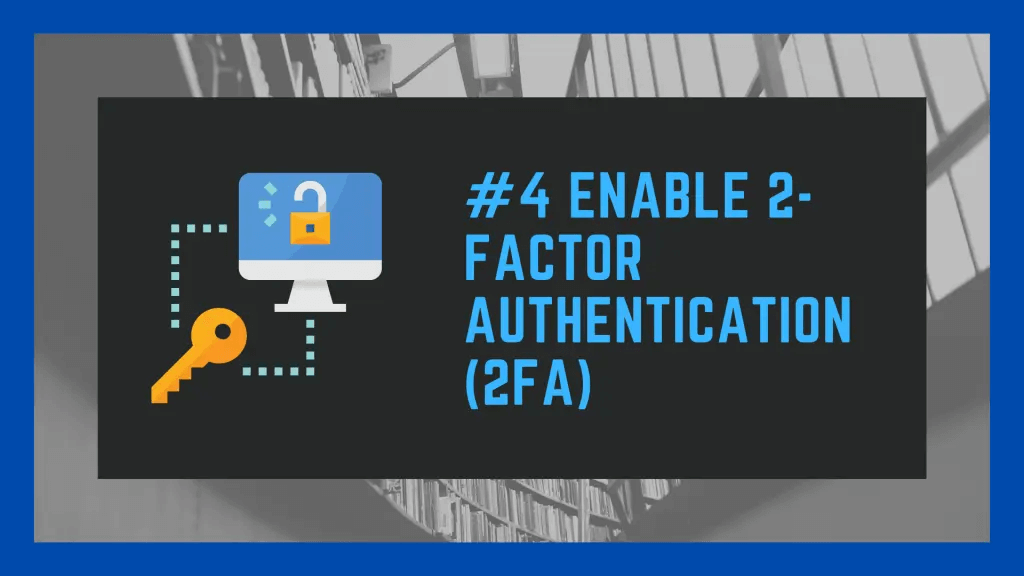
2-Factor Authentication, or just 2FA, is one of the most important steps you can take in ensuring your accounts are safe online.
When you enable 2FA on a service, logging into that service will send a code to your authenticator app.
The code will be valid for 60 seconds, after which it will refresh, and a new code will appear and must be used instead.
It may sound like an inconvenience at first, but services that remember your device will usually not ask for the extra step every time.
The only way around 2FA is if a hacker somehow seizes your phone physically while trying to hack your account from miles away.
In previous years, many services had their own Authentication app. As the practice caught on, it was becoming cumbersome to have so many apps for different services.
Google standardized the idea, introducing Google Authenticator. The app is free and works with nearly every service that has 2FA as an option.
Safer Internet Day Tip #4: Learn How To Spot Suspicious Links
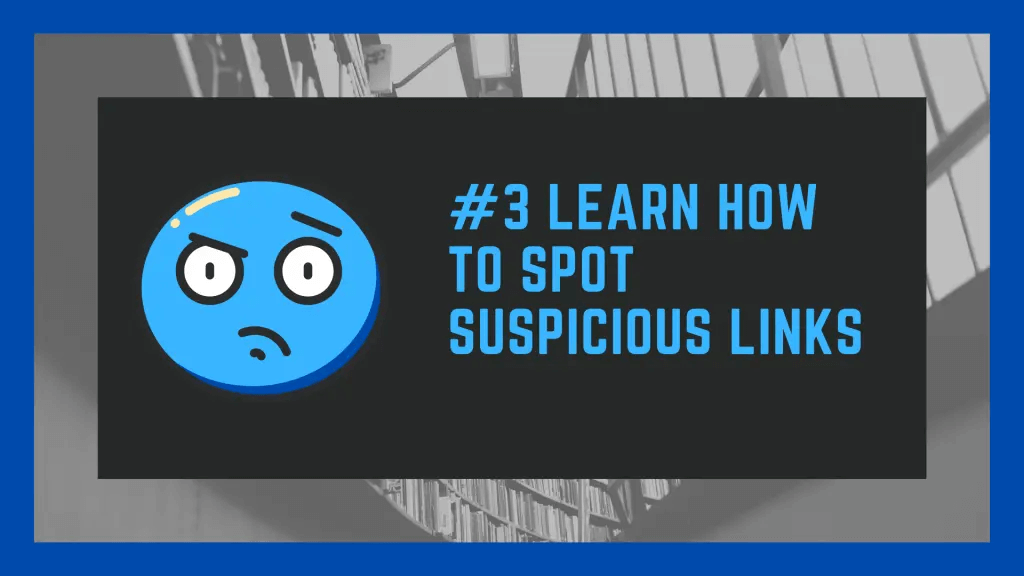
Suspicious links appear all over the web – On blogs, social media like Facebook, in messenger services, on YouTube, and most of all, in email.
The browsers and internet security services we use can stop us if we fall for them. Still, the most effective strategy we have is educating ourselves to detect what’s legitimate or not ourselves.
Here are some methods to you can employ to identify if a link is suspicious
- Consider the source – Do you know the person sending you the link? Is it a company or friend you’re familiar with?
- Examine the domain – Though becoming more complex, a suspicious link will often try to look legitimate but is not on closer inspection. For example, an email from a company posing as Facebook may look like ‘Facebookadmin@asdasdsdasd.’ This is the same for domain names – If it looks off, it probably is. Any sign of garbled or nonsensical domain names is a giveaway.
- Stay Away From Attachments – Any link that prompts you to download an attachment, or as an email with an attachment, should be avoided.
- Spelling & Grammar – If a message accompanies a link, check it for spelling and grammar. Often times illegitimate sources contain plenty of errors.
- Was It Expected – Were you expecting an email from the postal service asking to pay shipping? If not, it’s illegitimate.
- Ask! – One of the most reliable ways of finding a link’s legitimacy is asking the source. If you are receiving emails from the likes of Amazon about account action, go onto their website and ask customer support directly if they have been sending emails. Many services, including Facebook, keep a record you can see for yourself of the emails they have been sending you.
Safer Internet Day Tip #2: Talk to your kids about online safety
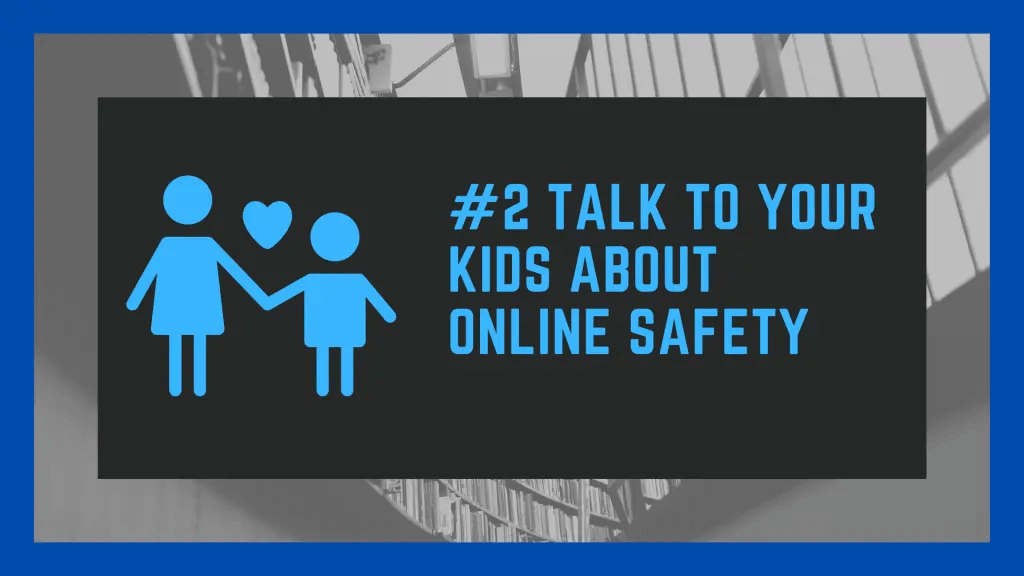
If you were a child when the Internet first became available, you’d know how much it’s after changing.
If you were a child when the Internet wasn’t yet available, you probably wonder why kids are so obsessed with it!
We can impose limits on our kids, but it’s no secret that the web plays a large part in our kids’ lives. Be that for education, especially in the COVID-era of online education or entertainment, with plenty of streaming services and video games geared for a young audience.
If children are going to use the internet, it’s important they do so safely.
Talk to your kids. Learn what they do online, get to know their digital habits, what sites they visit, and what apps they use.
Do some research – Are these habits healthy? Are those sites and apps appropriate for the child’s age group?
Talk to them about social media, if they’re using it yet. If they’re not, prepare them for doing so. Ensure things like online privacy and data sharing are being held up in importance. What a child or teenager shares online can very easily come back to haunt them in later life.
The Internet is a group tool and offers so much knowledge to enrich a child’s development, but it can even be damaging if misused.
Safer Internet Day Tip #1: Use a VPN
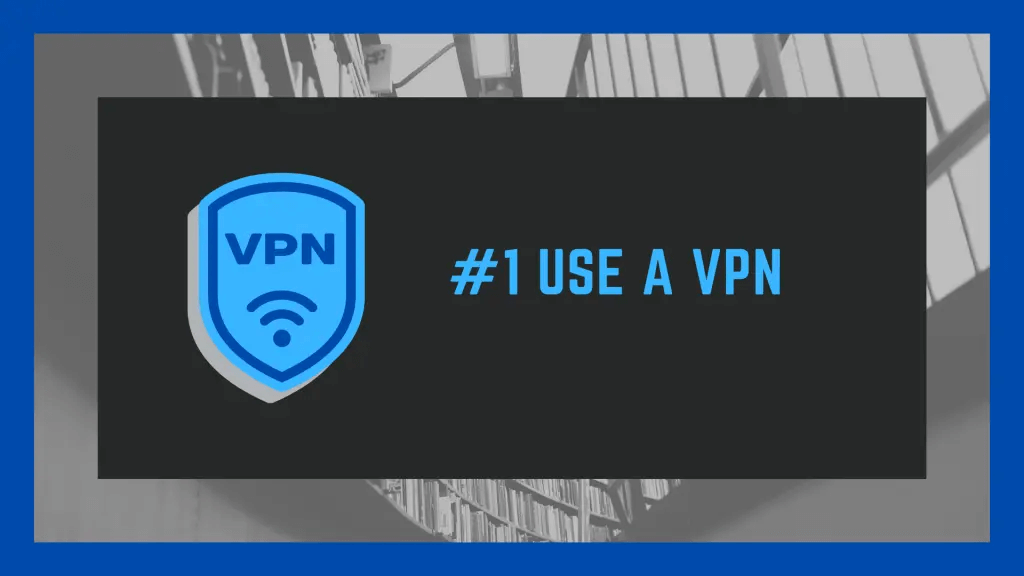
The number one tip for online safety on Safer Internet Day is to use a VPN, both for yourself and your entire family or business.
SaferNet is the perfect solution to the cybersecurity issues that individuals, families, and businesses face today. It not only connects every device using a secure, 24/7 always on, military grade VPN, but it also stops outside cyberthreats, malware and viruses as well. On SaferNet, all users are protected anywhere in the world, all the time, on any cellular or Wi-Fi network. In addition to SaferNet’s VPN and cyber protection, it also offers a range of employee or parental/family internet controls including internet filtering, monitoring, scheduling, and blocking access to websites or even entire website categories
Typically, a business or family would need 3 separate services for a VPN, Malware Protection, and Internet Controls; SaferNet offers all 3 features in one service. SaferNet truly is an endpoint security presence that can be implemented in minutes around the world, on phones, laptops, tablets, and computers at an economical price point that caters to all sizes of businesses and families. SaferNet guarantees a smooth setup and installation process that takes only minutes, and an easily accessible control hub for you to monitor all your employee’s or family members devices; including activity, time spent online, and threats blocked.